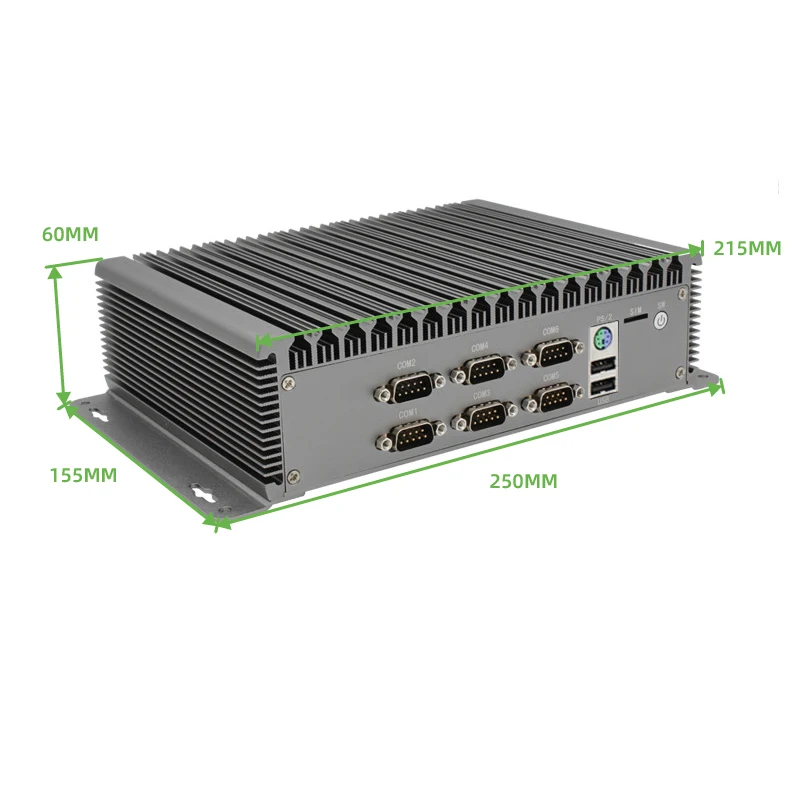Introduction
In recent years, the term “FTAsiaFinance business” has emerged as a focal point in discussions about financial technology, digital inclusion and market transformation in the Asia-Pacific region. While not a conventional company name, the phrase captures a broad set of trends, models and practices that define how finance is evolving across Asia under the influence of technology, regulation and shifting customer behaviour. In this article, we’ll explore what the FTAsiaFinance business paradigm entails, why it matters now, and how companies can engage with it successfully.
Understanding the FTAsiaFinance Business Framework
At its core, engaging in the FTAsiaFinance business means operating in an ecosystem where financial services are increasingly driven by data analytics, embedded platforms, cross-border flows and a convergence of fintech and traditional banking. One article describes it as a “sophisticated methodology that integrates financial technology, market analysis, and cultural insights specific to Asian markets.
This implies moving beyond legacy models of banking and exploring new business paradigms:
Digital wallets, QR code payments, mobile-first banking.
Embedded finance (where financial services are built into non-financial applications).
Cross-border interoperability, multi-currency systems and regional fintech ecosystems.
Financial inclusion, leveraging technology to reach underserved populations.
Thus, if you think of the FTAsiaFinance business as a lens through which Asia’s financial sector is being reshaped, you capture both the technology and the business model evolution.
Why the FTAsiaFinance Business Model Is Gaining Momentum
There are several factors amplifying the importance of the FTAsiaFinance business model today:
-
Rapid Digital Transformation
In many Asian markets, the pace of mobile penetration, internet access and adoption of digital payments is surging. According to analysis, digital payment systems, wallets and contactless transaction methods are foundational in this shift.
As legacy banking systems struggle to adapt, fintech innovators in the region are offering more agile, user-centric solutions. -
Regulatory and Market Tailwinds
Several Asian jurisdictions have introduced regulatory sandboxes, e-KYC frameworks, digital identity schemes and fintech-friendly policies. This regulatory support helps accelerate models aligned with the FTAsiaFinance business paradigm.
Moreover, the sheer size and diversity of Asian markets—with varying degrees of banking penetration—make the potential upside large. -
Jump from Underserved to Mainstream
A key feature of this model is reaching populations that previously were excluded or underserved by traditional banks (rural communities, small businesses, gig economy workers). Digital finance platforms enable micro-loans, agent networks, mobile onboarding – all part of the FTAsiaFinance business narrative.
As those segments are brought into the formal financial ecosystem, the scope for growth widens. -
Embedded Finance and Ecosystem Play
Rather than standalone financial products, the dominant idea is embedding payments, credit, insurance, or savings into everyday platforms (for example: ride-hailing apps, e-commerce, messaging services). The FTAsiaFinance business model emphasises that financial services increasingly become part of a broader user journey.
These dynamics together explain why many companies, banks and fintech firms are recalibrating their strategies around this paradigm.
Key Components of a Successful FTAsiaFinance Business Strategy
If an organisation intends to participate in this new landscape, certain strategic components emerge as essential:
1. Data-Driven Personalisation
One of the articles tracking the model highlights that “personalisation is not just about selling more — it’s about building trust and long-term customer relationships.”
In practical terms:
Use first-party and behavioural data to craft tailored financial offers.
Deploy analytics and identity verification to reduce fraud and risk.
Design user journeys that feel native, not forced.
2. Technology and Infrastructure Flexibility
For firms adopting the FTAsiaFinance business approach, infrastructure must be agile: cloud-native, APIs-friendly, scalable across geographies. Blockchain, AI, biometric authentication and mobile platforms all play a role.
Also: multi-currency, multi-jurisdiction capability becomes a competitive edge.
3. Partnership and Ecosystem Orientation
Because embedded finance is about integration into broader digital experiences, building partnerships with platforms (retail, mobility, telecom) is vital. The model calls for fintechs and banks to collaborate with non-financial players.
Examples include payment gateways teaming up with e-commerce firms, telcos launching wallet services, banks offering APIs to third-party developers.
4. Inclusion and Localisation
This business model works well when solutions are designed for specific market gaps: rural accessibility, language diversity, micro-entrepreneurs. The FTAsiaFinance business philosophy emphasises bridging the “urban-rural divide” and reaching under-banked segments.
Local regulatory, cultural and linguistic adaptation matter a lot—what works in Singapore may need tweaks for Indonesia or India.
5. Regulatory Compliance and Trust
Fintech growth in Asia cannot succeed without managing regulatory risk, data privacy, AML/KYC requirements and cyber security. The modern FTAsiaFinance business takes these seriously.
User trust hinges on security, transparency and reliability.
Challenges and Risks in the FTAsiaFinance Business Space
While the opportunities are substantial, companies must navigate several pitfalls:
Legacy System Inertia: Many incumbent banks still run on dated systems that hinder agility and rapid deployment. This slows adoption of FTAsiaFinance-style models.
Regulatory Fragmentation: Asia is not monolithic. Cross-border business means dealing with many different regulatory regimes, currencies and compliance frameworks.
Digital Literacy & Infrastructure Gaps: Some markets still struggle with basic internet access, user education or smartphone penetration—issues that can limit reach.
Cybersecurity and Fraud Risks: As digital finance grows, so do the threats. Firms must invest heavily in protection and build resilient systems.
Over-optimistic Market Entry: Some firms may underestimate the challenge of localisation, cultural adoption or competition from local players.
Case Illustrations of the FTAsiaFinance Business Approach
Though the phrase “FTAsiaFinance business” is more conceptual than a single brand, the real-world patterns are clear:
A Southeast Asian ride-hailing platform adding within-app wallet, micro-loans and insurance products: demonstrating embedded finance and cross-sell.
A fintech in India using AI / ML for credit scoring of small merchants, enabling rapid micro-lending where traditional banks offered none: showing inclusion plus analytics.
A pan-regional payments provider deploying multi-currency wallets, merchant tools and API integrations across multiple markets: spotlighting cross-border scalability in the FTAsiaFinance business arena.
In such examples, companies effectively combine technology, data, partnerships and localisation to operate within the FTAsiaFinance business model.
Looking Ahead: What’s Next for the FTAsiaFinance Business Ecosystem
As we look to the next few years, several trends will shape evolution:
Embedded Finance Goes Mainstream: More non-bank digital platforms will offer financial services invisibly to end-users.
Central Bank Digital Currencies (CBDCs) and Tokenisation: Regulatory frameworks around digital currencies and tokenised assets will open new channels and business models referenced by the FTAsiaFinance business outlook. Green and Impact-Focused Finance: ESG-driven financial services—carbon-tracking tools, green bonds for SMEs, inclusive insurance—will play a bigger role in the ecosystem.
Deeper Regional Integration: Markets within ASEAN, South Asia and beyond will increasingly link up payments, KYC and fintech systems—making cross-border financial movement smoother.
Hyper-Personalisation & AI-Driven Services: The next generation will target contextual, real-time financial offers embedded into daily apps (messaging, commerce, mobility).
Firms that aim to lead in the FTAsiaFinance business sphere should consider building for these trends now—investing in scalable tech stacks, flexible regulatory frameworks, partnerships and data-capability roadmaps.
Conclusion
The concept of a FTAsiaFinance business captures a powerful moment of transformation in Asia’s financial services: one where digital innovation, regional dynamics, inclusion and embedded models converge. For businesses, fintech firms and financial institutions, aligning with this paradigm offers both immense opportunity and significant challenge. By prioritising customer-centricity, interoperability, trusted infrastructure and localisation, organisations can position themselves at the forefront of the region’s next financial chapter.
In short, the FTAsiaFinance business isn’t just a buzzword—it reflects a blueprint for how finance will increasingly operate in Asia’s fast-moving, interconnected economy. For companies that understand and execute around it, the potential for growth, impact and resilience is real.




